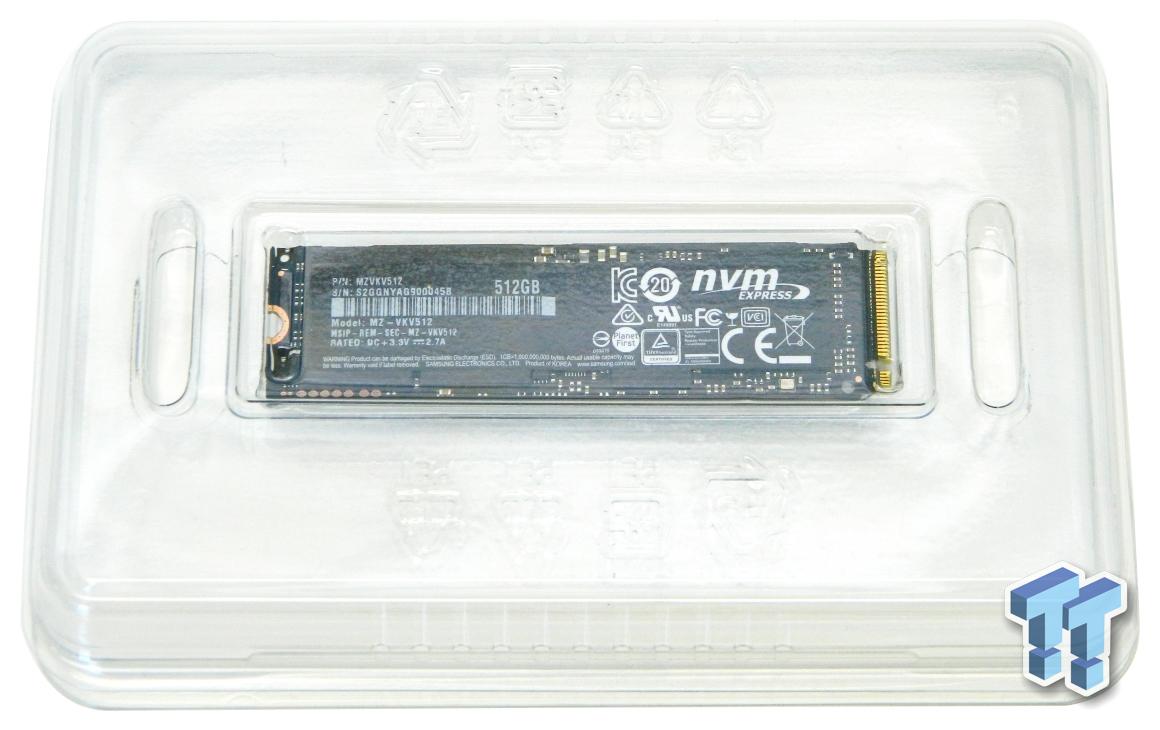
For the same access traces, this situation does not happen with the Microsoft AHCI driver.” These FUA commands bypass the DRAM cache on the SSD and directly write to the flash, increasing the response time and also lowering bandwidth.

“the performance difference was due to the Microsoft NVMe driver creating FUA (Force Unit Access) I/O write commands. Their information (from Samsung) was that Microsoft has also released a hotfix to Windows Server 2008 R2 and Windows 7 that gives native NVMe support to the operating system.Īnandtech has had similar results with several different NVMe devices. I wrote about my experiences with the native NVMe driver last October. This driver works, but does not offer the best performance.
#Samsung nvm express driver 2.1 windows 8.1
Windows Server 2012 R2 and Windows 8.1 have a native NVMe driver that allows NVMe devices to be automatically recognized by Windows. NVMe is being pushed as a modern replacement for the old Advanced Host Controller Interface (AHCI) that most flash storage devices are still using, and all indications are that NVMe will really start to become more popular and more affordable in 2015/2016. NVM Express provides a standards-based approach enabling broad ecosystem adoption and PCIe SSD interoperability.” NVM Express significantly improves both random and sequential performance by reducing latency, enabling high levels of parallelism, and streamlining the command set while providing support for security, end-to-end data protection, and other Client and Enterprise features users need. “NVM Express is architected from the ground up for Non-Volatile Memory (NVM). Even though this technology is most relevant for server workloads, there are also some affordable new NVMe devices meant for client devices and workloads.

It gives lower storage latency and much higher queue depths. Non-Volatile Memory Express (NVMe) is a specification for accessing solid-state drives (SSDs) attached through the PCI Express (PCIe) bus.


 0 kommentar(er)
0 kommentar(er)
